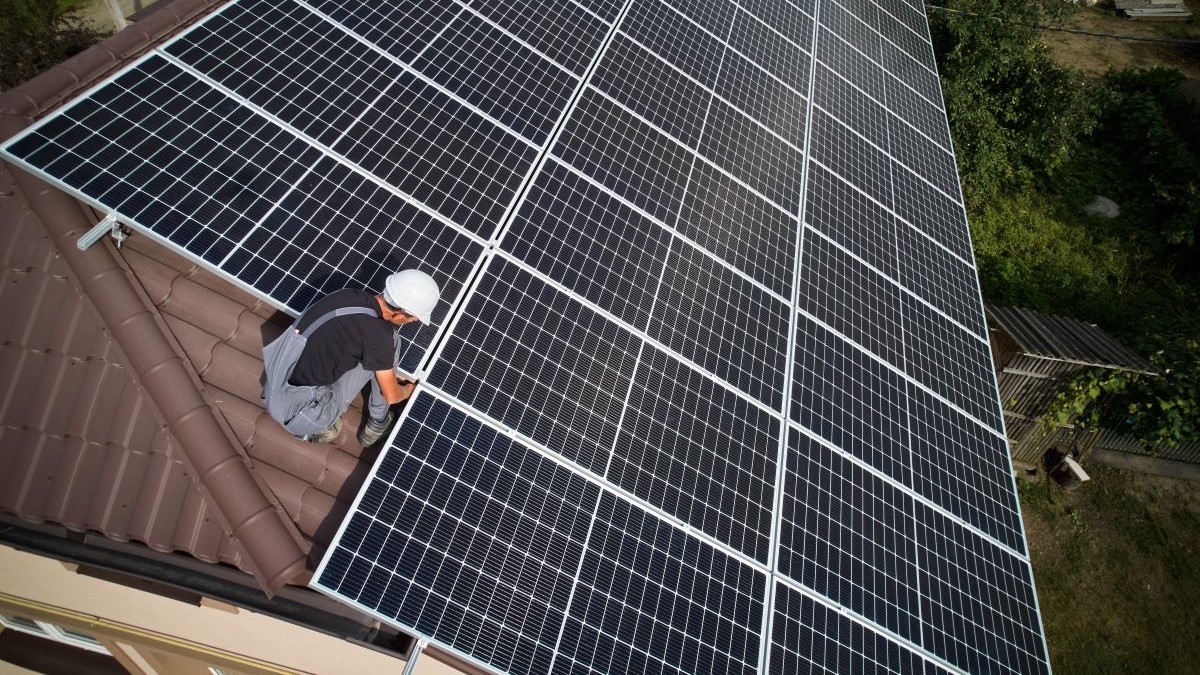
By Annette Clayton
Here are problems we can all relate to: The cord doesn’t fit. The Bluetooth speaker won’t connect. The software isn’t compatible with your operating system. Nothing extinguishes the excitement of a newly purchased product faster than having to scour the internet for a how-to video.
In the Internet of Things (IoT) era, many of our beloved smart speakers and health and fitness technologies operate as part of closed systems that don’t allow functionality with products from competing brands. And as frustrating as this incompatibility can be for consumer products, it has much bigger implications for consumers looking to take control of their energy use.
Extreme weather, high energy costs, and the electric vehicle (EV) transition have consumers rethinking their energy use, particularly now that reliable and affordable electricity is no longer a given. More households and institutions are joining what’s known as the “prosumer” ranks by producing and managing their energy through interconnected apps, rooftop solar panels, battery storage, bidirectional EVs, and other innovations.
These technologies can work in concert through energy digitization, with each technology contributing to a holistic system that makes the most of the energy generated while eliminating waste. Today, 83% of Americans cite energy efficiency and sustainability as the most important factors in home improvement.
Further driving consumer interest are new federal tax credits from the U.S. Inflation Reduction Act of 2022, which help homeowners afford technologies that enable energy autonomy, such as smart electrical panels, EV chargers, battery storage, and solar panels. Consumers will soon be able to take advantage of rebates from the same legislation that states will distribute under varying eligibility rules.
It’s encouraging to see federal incentives bolstering this initial consumer enthusiasm. To meet U.S. climate goals, we need to electrify 336,000 homes every month for the next 25 years, according to Rewiring America, a nonprofit that provides data and analysis on U.S. electrification efforts.
We’re a very long way off this target. To stand any chance of meeting it, the consumer experience needs to be significantly improved—and it’s no mystery what consumers are looking for. We need a prosumer marketplace that prioritizes choice, affordability, and ease of use. And for all three, we need consistent, exponential innovation through energy digitization.
Thankfully, this is where open systems thrive.
Fundamental to open technology systems is the need for a common language for IoT devices to talk to each other. Not only does a common language create more connections and increase compatibility among more technologies, but it also significantly simplifies development for manufacturers, leading to their bringing new and improved products to market faster. It also leaves the door open for disruptive technologies that further accelerate competition and innovation.
Schneider Electric is working with several partners to build a complete ecosystem that supports the prosumer at every phase:
- EnergySage provides a comprehensive education to new prosumers so they know how to plan and budget for their home energy system.
- Qmerit provides a nationwide workforce network, connecting consumers to local qualified contractors.
- AutoGrid provides benefits to customers for enrolling in virtual power plants (VPPs), a coordinated network of decentralized energy resources that can operate in lieu of a physical fossil-fuel generation power plant.
Household enrollment in VPPs can significantly reduce costs through monthly payments, and the VPPs themselves provide a public service by helping rescue the grid during brownouts and blackouts.
At the core of this ecosystem is Schneider Home, the first open home energy-management system that automates energy production, storage, measurement, and control, making homes more efficient, resilient, and sustainable. Now available to consumers in California, this system allows the homeowner to plug in and connect their solar provider, battery storage, or EV charging system—all controlled by a single easy-to-use app. And because this is an open solution, consumers can easily add new technologies over time.
I believe a fully self-sufficient net-zero home will be affordable for most homeowners in the future. It’s just a matter of how fast this future arrives. I’m confident that emerging digital energy technologies running on open systems will democratize and quicken this transition.
Energy digitization is already occurring across every sector of the economy. By making what has traditionally been invisible suddenly visible, it is empowering more consumers. Whether you’re optimizing power usage at a factory in Kentucky or a home in California, digitization enables you to maximize energy production and eliminate energy waste. Through energy digitization, knowledge is—quite literally—power.
Annette Clayton is the CEO of Schneider Electric North America.
Learn more about Schneider Electric and prosumers.